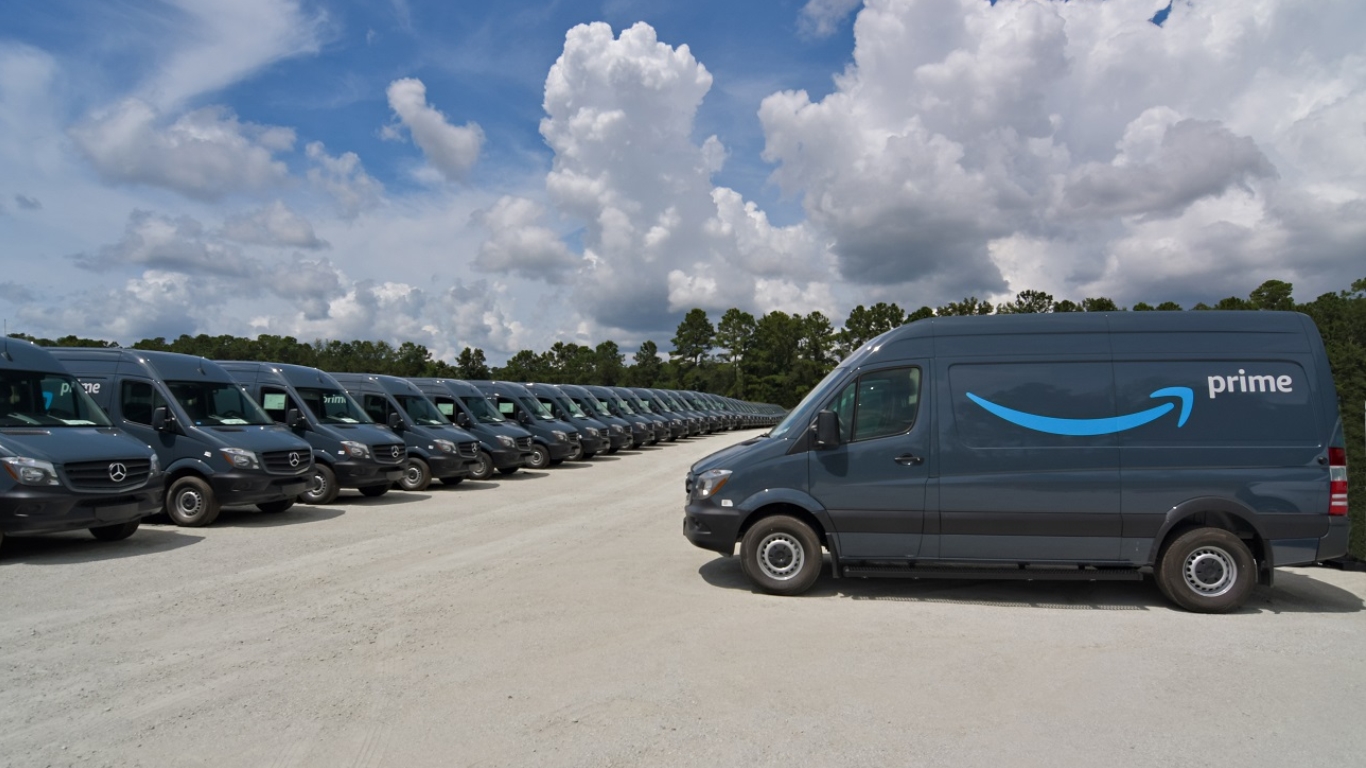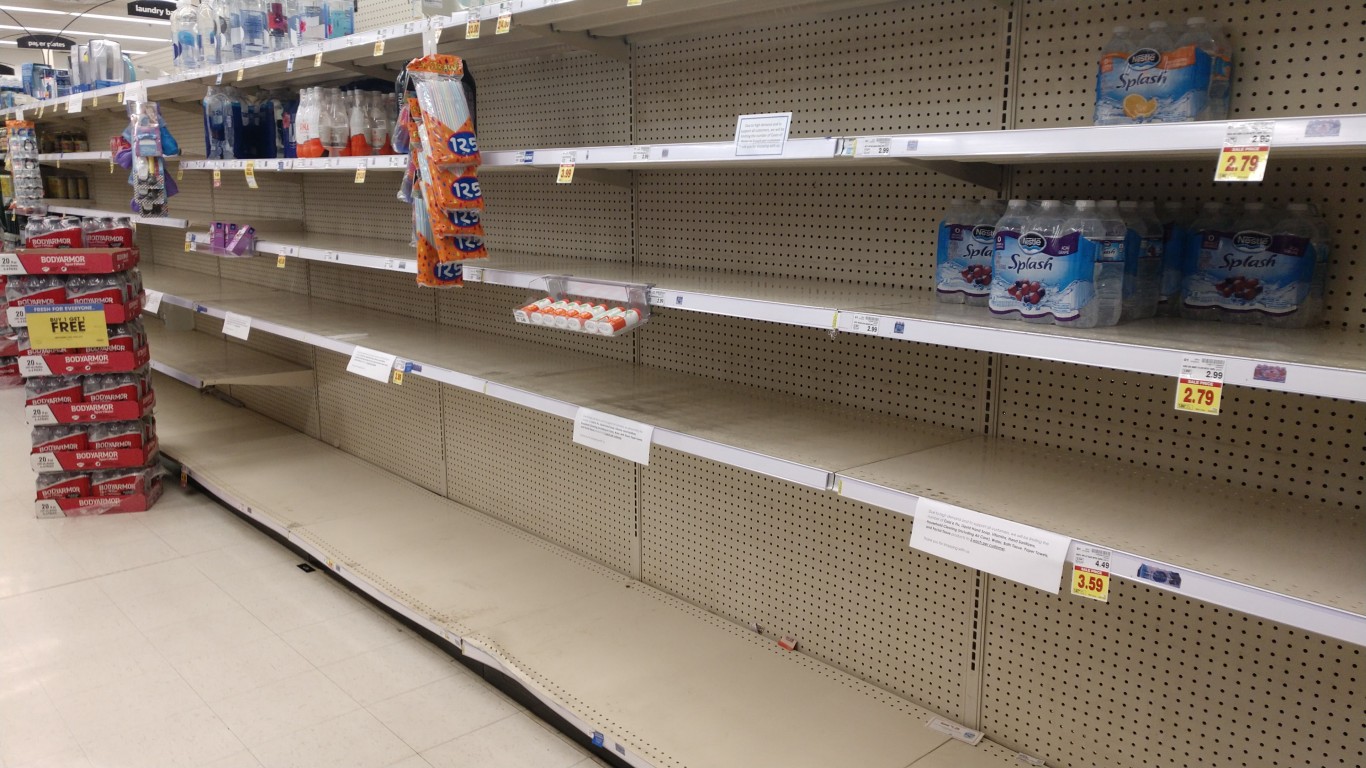
Amazon.com Inc. (NASDAQ: AMZN) workers have started to protest the conditions in their warehouse locations. Several media outlets say workers at the huge Staten Island, New York, facility will go on strike. One employee at the warehouse already has been diagnosed with coronavirus. Workers say management has not been forthright about whether there are others. Rules are not tight enough to make them safe, they say. If Amazon starts to shut down locations, one of America’s lifelines for people and businesses will be badly crippled.
The Staten Island hub is a large one. It has over 4,000 workers and covers 800,000 square feet.
It is impossible to say how many Amazon locations will be affected. Certainly, the number will grow, as it has for other companies that have large facilities with a significant number of people. It already has spread at other companies, from hospitals to grocery stores. Amazon cannot simply replace workers with people from among the 100,000 it has begun to add to its already massive employee count. Some facilities that might be closed could stay closed, perhaps for days. If people are diagnosed at a reopened location, it could shut down again.
Amazon has decided to increase the pay of the many workers in the facilities that move this inventory, from $15 an hour to $17. This will not stop people from getting sick, obviously, or getting exhausted or becoming extremely anxious. Many employees worry that the increase is not enough to offset the risk to their health.
Amazon is only restocking “essential goods” at its warehouses. Much of this inventory is medical supplies and household items people need when they cannot leave their homes. There is no way to measure what will happen to these homebound people if they start to lose access to the inventory that Amazon ships.
Amazon has over 110 fulfillment centers in North America. Together, they cover about 100 million square feet. Amazon’s North American revenue was $171 billion last year. This is another measure of the colossal size and activity at these facilities.
Can other retailers take up the slack if Amazon’s complex network starts to unravel? Walmart Inc. (NYSE: WMT) is the largest candidate because of its e-commerce presence and its 4,769 stores. People can order items and pick them up curbside. The “last mile” of delivery trucks is not necessary when people come to locations in their own cars to get what they have ordered. Other retailers that might replace some of Amazon’s capacity are much smaller.
There is the challenge that the spread of COVID-19 will hamper the Amazon distribution systems badly. That also could curtail store activity at Walmart and scores of other retailers that operate businesses that might supplement Amazon’s activity. Fundamentally, if the Amazon delivery system breaks down further than it has today, because of its size, there is no replacement.
It’s Your Money, Your Future—Own It (sponsor)
Are you ahead, or behind on retirement? For families with more than $500,000 saved for retirement, finding a financial advisor who puts your interest first can be the difference, and today it’s easier than ever. SmartAsset’s free tool matches you with up to three fiduciary financial advisors who serve your area in minutes. Each advisor has been carefully vetted and must act in your best interests. Start your search now.
If you’ve saved and built a substantial nest egg for you and your family, don’t delay; get started right here and help your retirement dreams become a retirement reality.
Thank you for reading! Have some feedback for us?
Contact the 24/7 Wall St. editorial team.
 24/7 Wall St.
24/7 Wall St.



